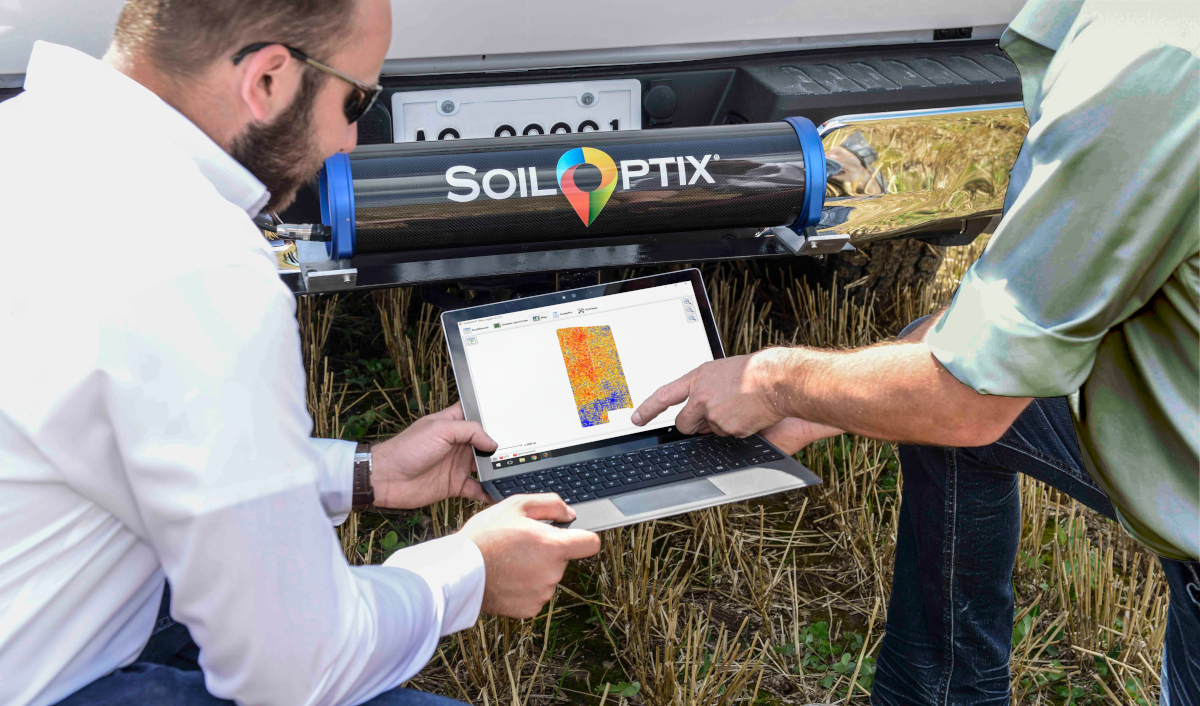
Digital Farming is actually the integration of precision farming and smart farming. It is achieved through implementation of intelligent software and hardware.Precision farming, popularly defined as a technology-enabled approach to farming management, observes, measures, and analyzes the needs of individual fields and crops. Smart farming is more focused on using data acquired through historical, geographical, and instrumental sources in managing farm activities.
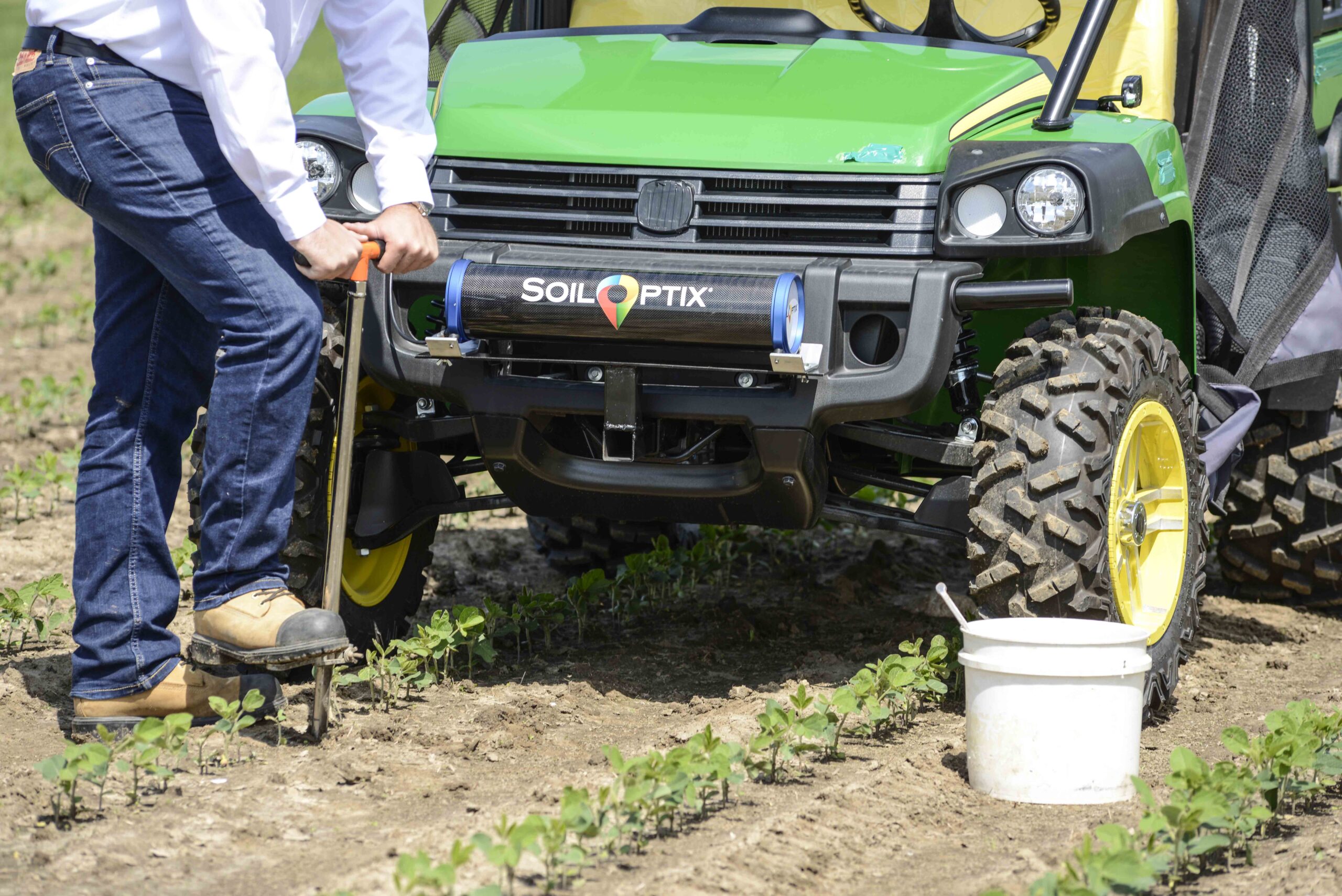
SoilOptix® is a trusted digital partner for thousandsof farmers around the world.We offer digital farming solutions that provide valuable insights into the health and productivity of soil, enabling farmers with information to help produce a better crop to feed a growing world. Our digital agriculture techniques make use of the latest technologies, such as:
Our tools represent the cutting edge in crop nutrition optimization, enhancing crop productivity, quality, and sustainability.
McKinsey analysts have described the world's food producers as the "least digitized industry." But this means the agricultural industry is ripe for disruption. The right tools make all the difference. This is especially true in agriculture, where the farmers must navigate an ever-evolving landscape of changing weather patterns, environmental conditions, consumer demands, regulatory requirements, and countless other factors. By helping farmers gain additional insights into what's happening in their fields, digital agriculture companies enable better use of farms, farmer time, and inputs to drive sustainable harvests. That's better for them, their operations, and our planet. Here are a few ways digital farming solutions are beginning to transform the agricultural industry.
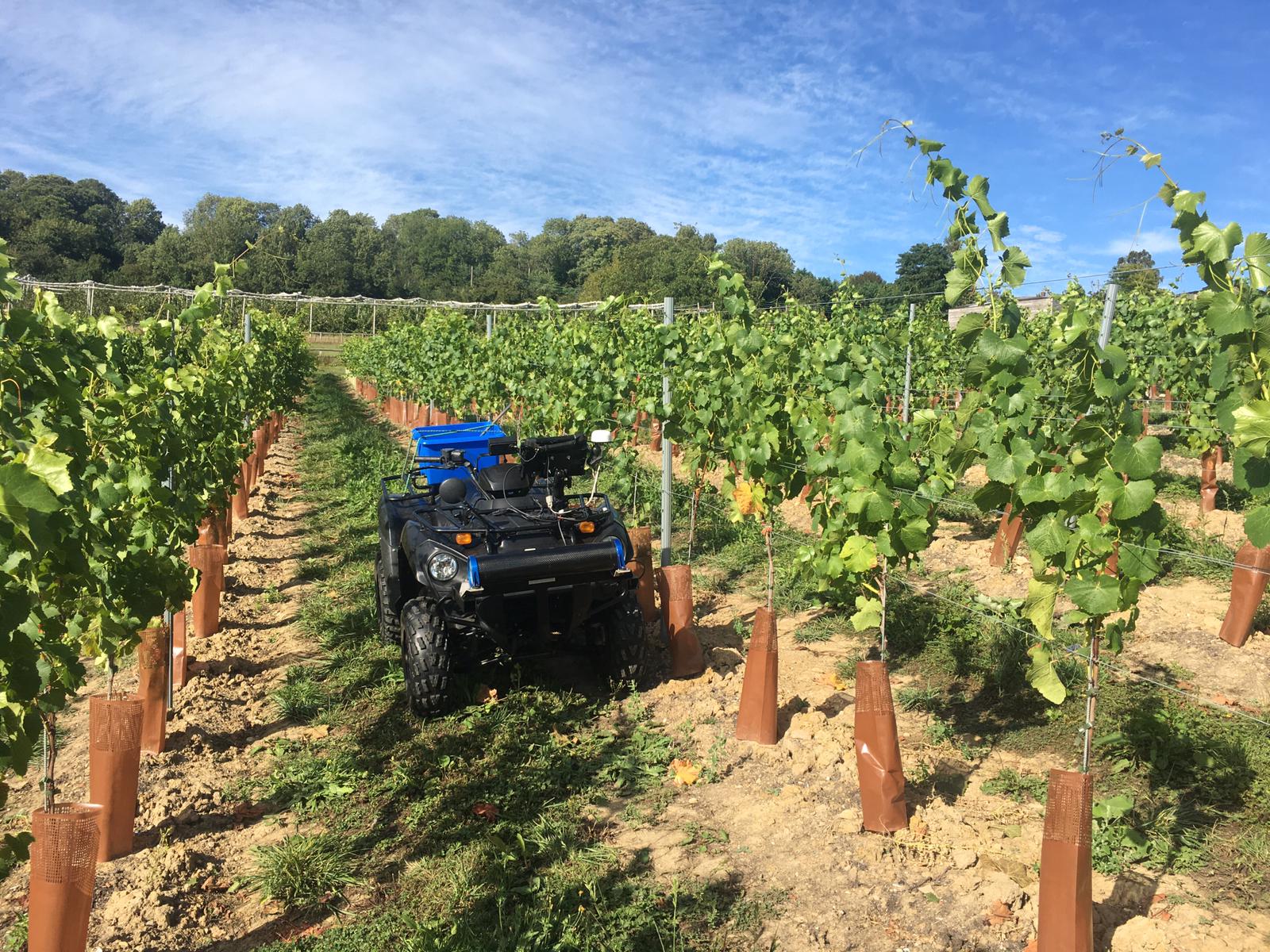
Since farmland varies in different areas, a “one-size-fits-all” management approach won’t work for every farmer. Agriculture digitalization has the potential to benefit all farmers independent of size. Not all digital tools benefit all farmers equally. However, they open the door for a more diverse offering of tailored solutions to bring the most possible benefit to each farmer and, in turn, each field.
Even within a single farm, differences in soil, water, nutrients, vegetation, and terrain create unique microclimates. Using data science, farmers have better insight into exactly where and at which rate a seed product or active ingredient should be applied. Combined with precision agriculture, these digital solutions help limit the waste of resources, help improve farmers’ bottom lines, and minimize agriculture’s impact on the environment.
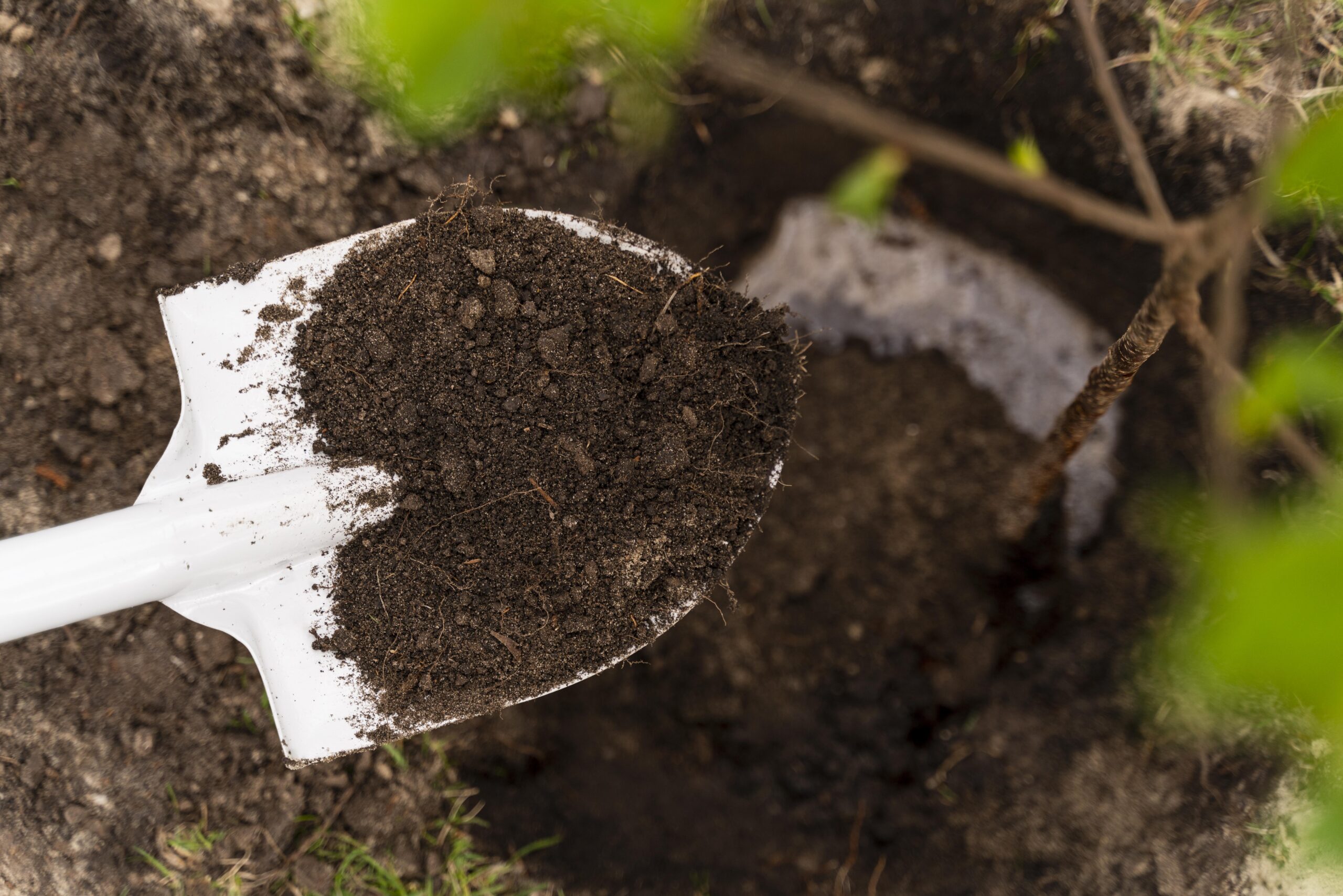

Digital farming platforms empower farmers to gather insights about their operations by combining the data from their farms with our leading data science, supported and visualized by satellite imagery. When farmers can make data-driven decisions in real time, they use more precise amounts of resources, including water, energy, fertilizer, and pesticides following fertilizer recommendations based on soil tests. Using suitable varieties and the right amount of fertilizers or crop protection products applied at the right time, farmers can produce the maximum amount of food from every crop on every field, reducing the need to use more land. Tools like drones, satellite imagery, and sensors empower farmers to collect more detailed information on factors like weather conditions, soil moisture, soil nutrient levels, and crop health through digital soil analysis – contributing to an overall improvement in decision-making.
At SoilOptix®, we work with ag retailers andfarmers to effectively link digital innovation, digitally-driven products, and practical on-field solutions together to providevalue toour customers and the future of agriculture. Different geographical, climatic, and agricultural situations necessitate innovative, tailored solutions. That’s why we’ve created a flexible, customizable digital farming tool that is applicable across all cropping systems and soil types, providing in-depth, digital insights to empower all farmers to make the most informed decisions. SoilOptix® is a one-of-a-kind, premium topsoil analysis system that sets the standard for high accuracy and precision in agriculture, a value-added layer that fits into the everyday management decisions growers make on their fields. With over ten years of digital soil mapping innovation, SoilOptix® Inc.'s service is widely used by customers across North Americaand over 20 countries worldwide.
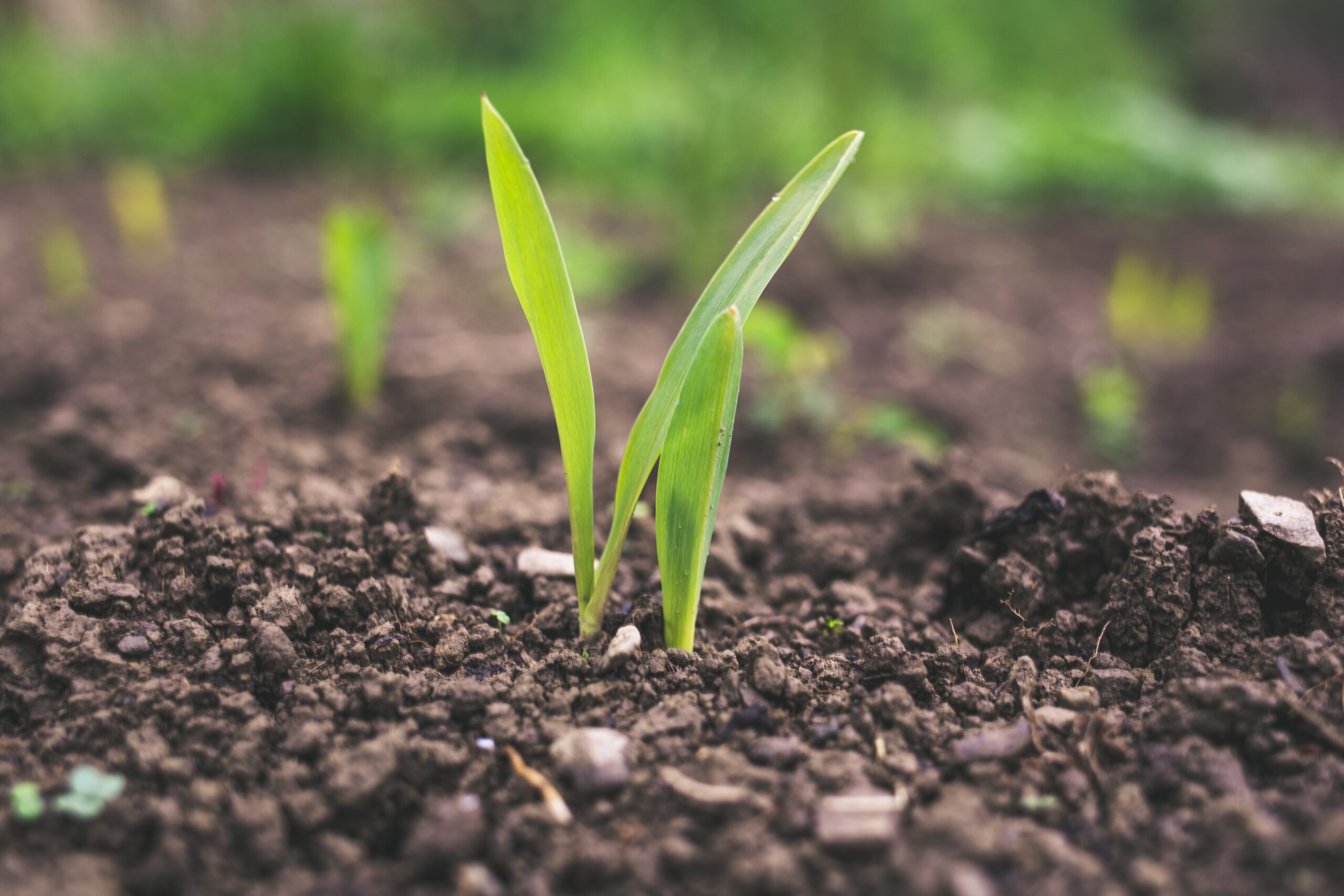

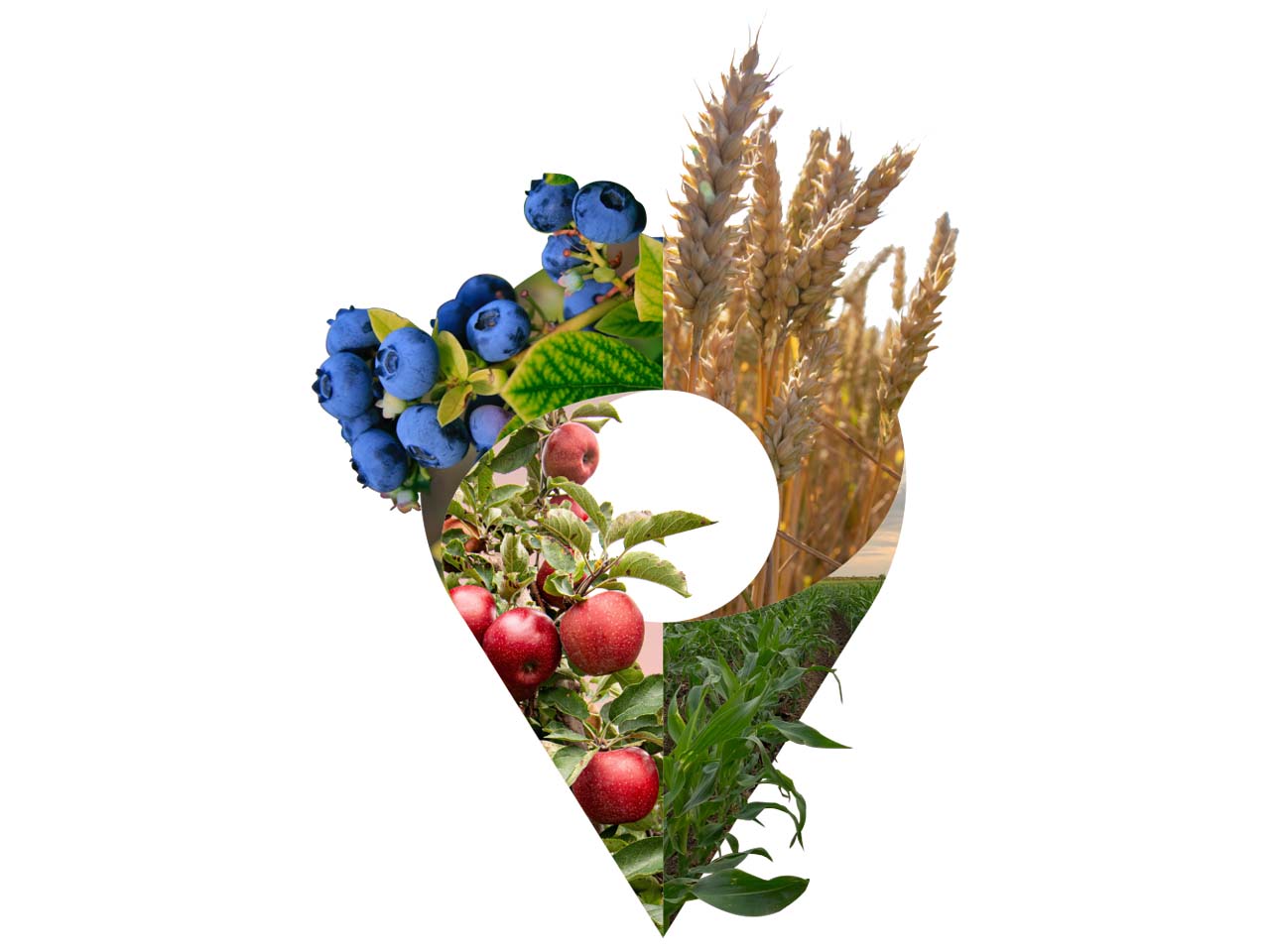

Here at SoilOptix®, we produce the most detailed, high definition soil
mapping sensors that can accurately map over 25 different layers including
macro & micro nutrients, pH, organic matter, texture, and plant available water.
With a resolution of 335 data points per acre, and data that is easily implemented
into variable rate applications, SoilOptix® gives growers and ag retailers a deeper
understanding of the variability in nutrients and textural-based properties in their field’s soil.
Armed with this high-density data set, you’ll have all the information you need to make the most informed decisions for your farming operation. To learn more about utilizing SoilOptix® for your operation, contact us now!
We are a team of enthusiastic soil scientists, data processors, and support staff, determined to help you ensure your agricultural and farm lands enjoy the best soil health! At SoilOptix®, we provide growers with soil analysis results that allow them to make the most informed on-farm decisions. We offer over 25 data layers based on the soil sample lab results, including macro and micronutrients, base saturations, textures, and complex models like bulk density.
Furthermore, we are constantly researching and testing new layers to offer. From soil mapping to soil carbon sequestration to our Soil Health Suite, you can find everything you need for an in-depth analysis of your topsoil layer.
Notifications